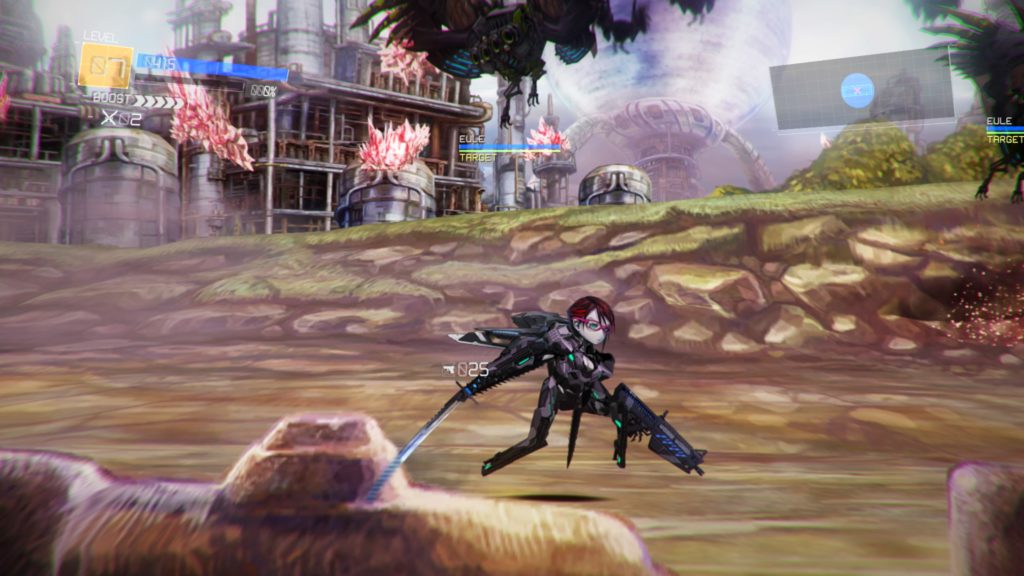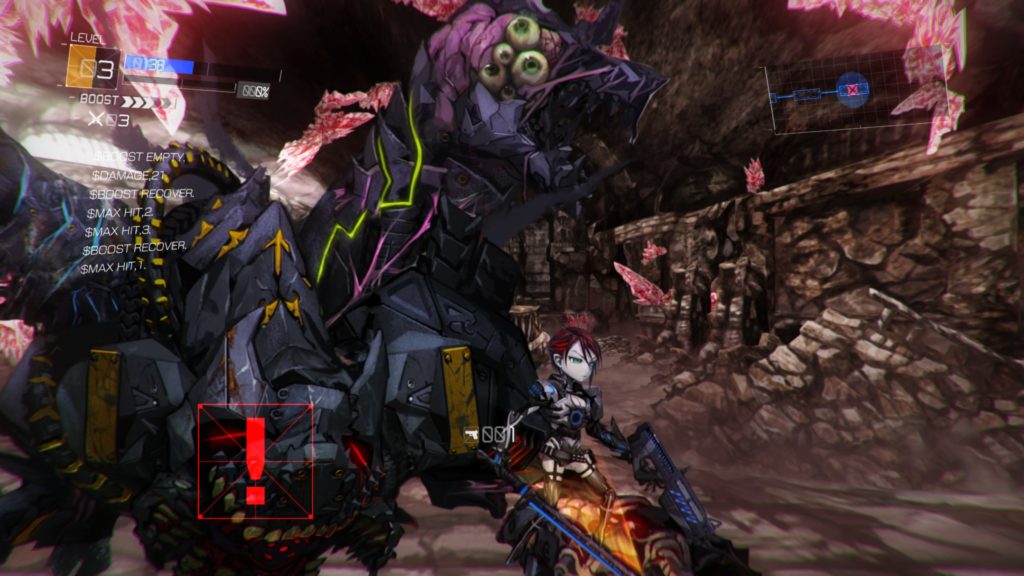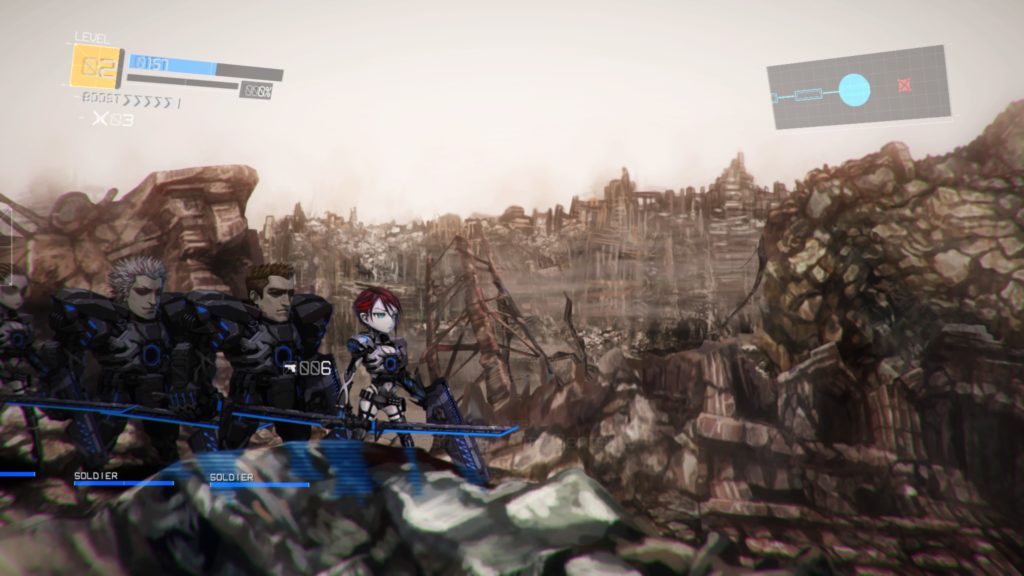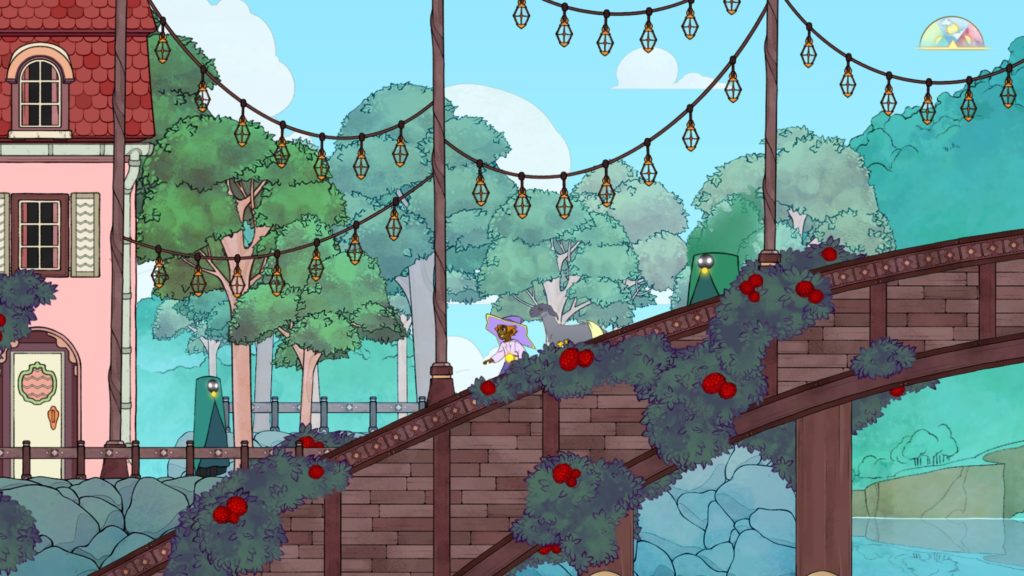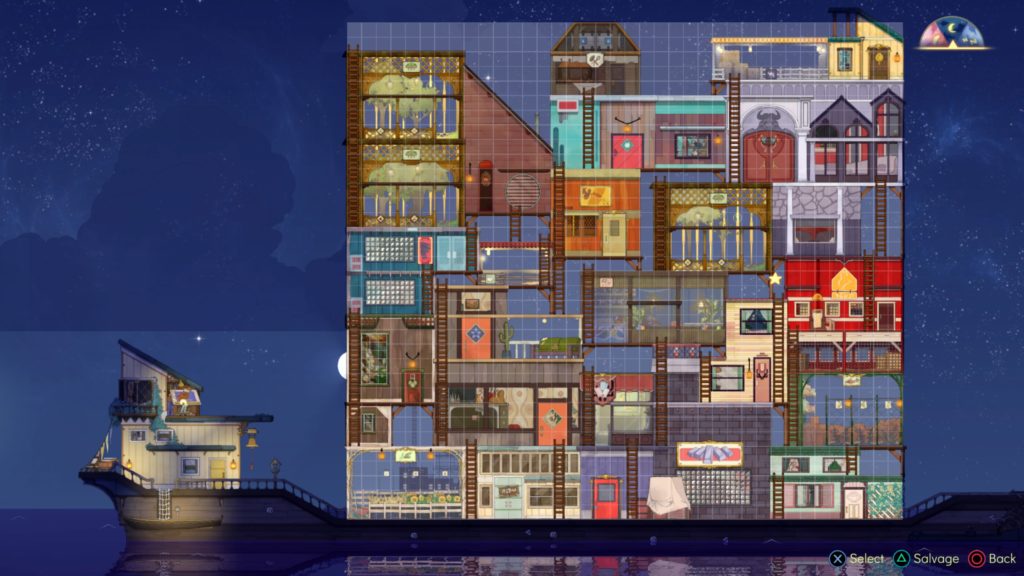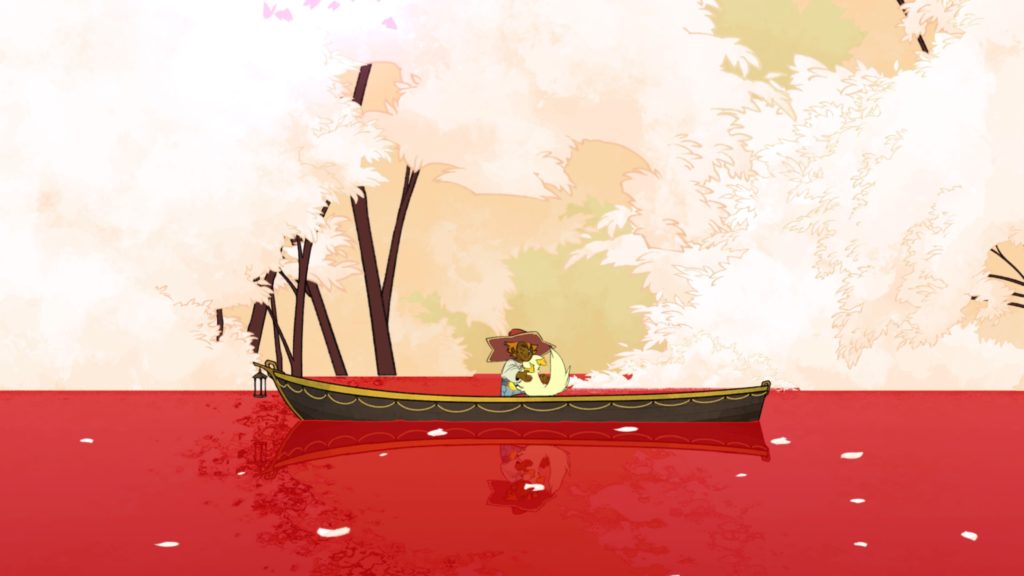- Genre: JRPG
- Platform: PS4
- Also Available On: Windows, Switch
- Originally On: PS2
Normally this would probably be a How’d It Age, but honestly I don’t really want to talk about the game here – at least not specifically. The game under normal circumstances would have ramblings specifically matching my shelving of Shin Megami Tensei V. What I am instead going to talk about is specifically the Merciful DLC that they added to the remaster and why it’s the best thing that Atlus may have done for their core JRPG gameplay in years.
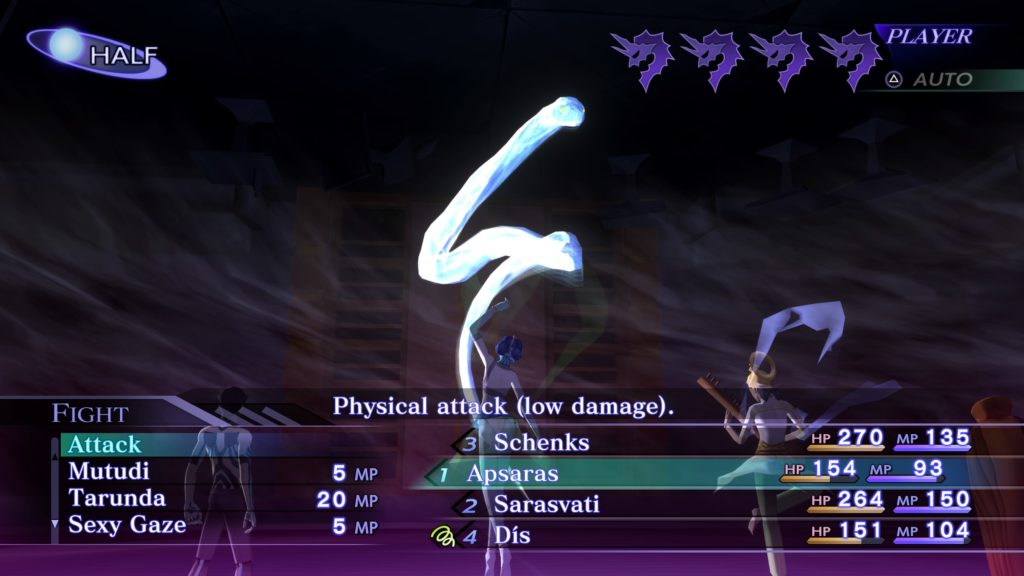
At its core Merciful is an easy mode, and it definitely is easy. However, it can be turned on and off at will, so I generally ended up using it for making the trash grind more mindless. Trash has never been difficult per-se in SMT. Once you learn the weaknesses of the enemies in the general area, it’s butter. Being on easy just meant that I could concentrate on the story and bosses. However, easy mode also came with three numbers I want to focus on:
- Encounter rate – Approx 1/2
- Experience – Approx 4x
However, the most important one is 18:36. That was my time to completion, +/- a bit of untracked time to deaths.
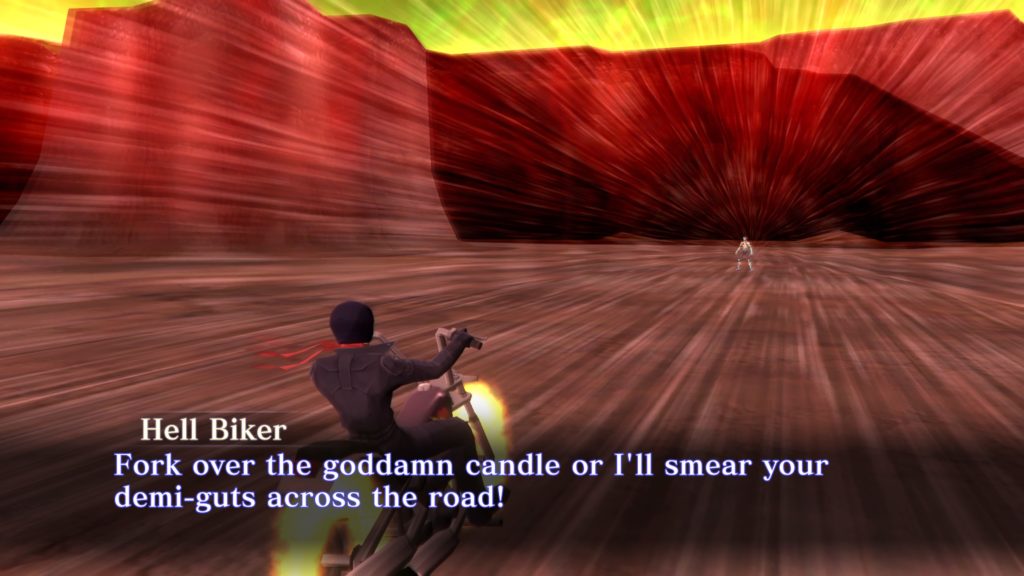
Judging by How Long to Beat, I shaved on average about 30 hours or about 60% of the average run. To me, that sits about where these games should be. These should never be 50 hour games with a ton of useless trash fights, because that isn’t the fun part of the game. They should be relatively quick and fast leveling so you can crank through a bunch of different party setups and summon as many demons as possible and have them be immediately powerful and useful.
One of the biggest problems I had when I shelved SMT5 was that it was taking me 25-30 fights to get a single level. It was such an absurd level of grind that it sucked all of the fun out of what is an inherently very good turn-based combat system. In merciful mode, I was getting levels every 5 or 6 battles, if not quicker. It was such an incredible change to the flow of the game that it makes me want this XP rate in standard difficulty.
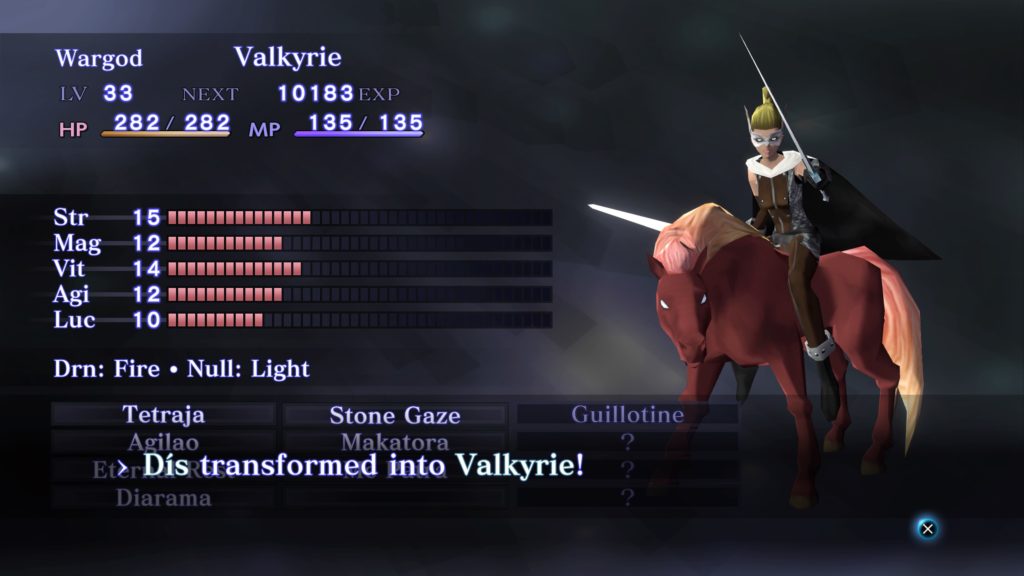
The other part that I really noticed was improved was the overall dungeon flow, thanks to an overall reduction in trips back to town. In SMT4 it always felt like a slog getting further in a dungeon. You’d slowly make your way through a dungeon getting stronger, generally getting to a point where you could comfortably make it one save point further before needing to teleport back. Frankly, the Persona subseries is the same way in that regard. It’s just such a time sink having to retread the same ground over and over purely because there’s so much combat and the XP rate is so slow. On Merciful though? I could get through dungeons in one go without losing all my items, so I was able to be prepared to go back up to normal for boss fights.
I get why this might come across as a negative change, and honestly I don’t necessarily disagree. I guess where I fall with this is that I want the overall dungeon mechanic to change. Rather than mid-dungeon save points being a way to get back to town, I would rather they be permanent fast travel points across the board. Allow players to continue their progress at any point where they get to a safe spot, reducing overall retread churn and increasing the pace of play as a positive. Combine this with the increased XP rate to really tighten up the game as a whole.
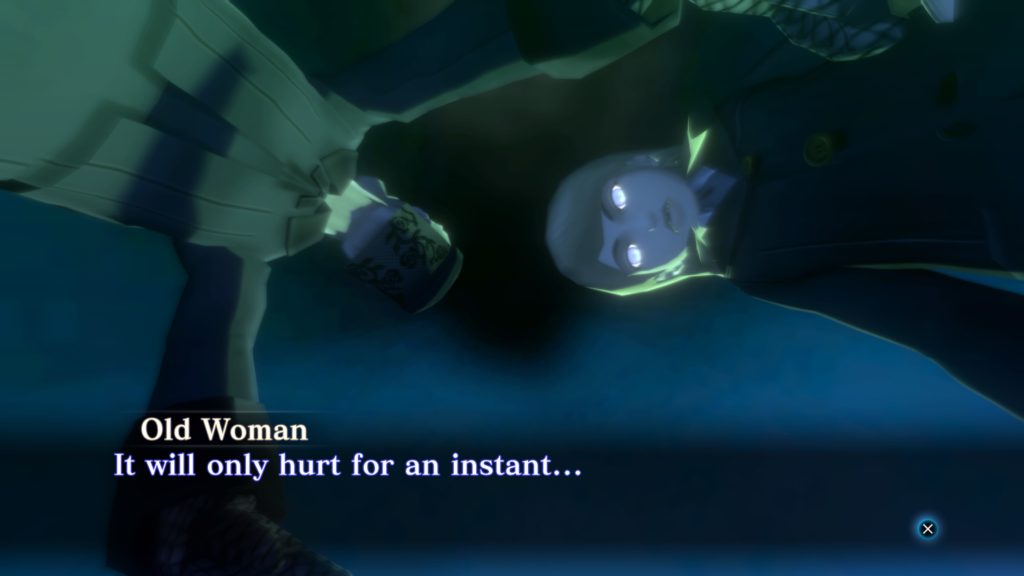
The Shin Megami Tensei series is the perfect example of a JRPG that is long for the sake of being long, and it’s one of the few series that hasn’t really adapted to a tighter modern gameplay loop. Merciful mode may not be exactly the solution, but I think there’s ideas here they can pull from. These games have never had the pure content amount to support being a 50 hour experience and cranking through this one in sub-20 proves that to me. This is a series that would benefit from keeping its difficulty but modernizing to be a faster experience, because even this little experimental DLC feels like such a huge improvement. Combine the quick XP rate and reduced encounter rate with a better overall travel system to reduce retread, and I think SMT6 could feel surprisingly modern without having to lose its soul.


